Home >
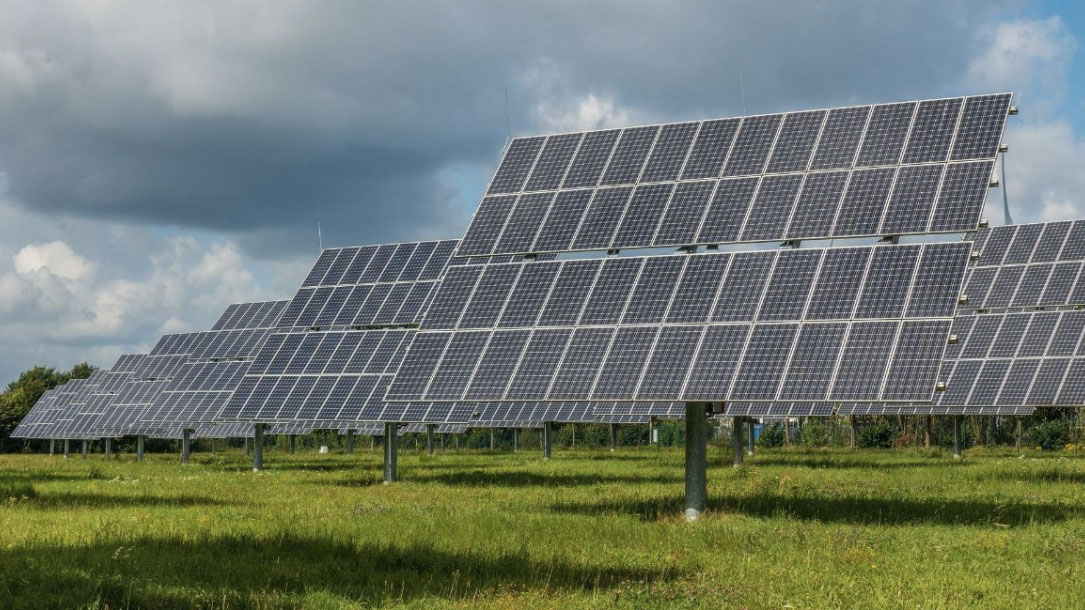
Want to get involved with solar grazing?
he American Solar Grazing Association (ASGA) was founded to promote grazing sheep on solar installations.
ASGA members are developing best practices that support shepherds and solar developers to both effectively manage solar installations and create new agribusiness profits…

What impact do seas, lakes, and rivers have on people’s health?
Most of us recognize the calming effect of a walk by the river or along a beach. Victorian doctors used to prescribe the “sea air” as a cure for an assortment of agues and ailments. But while the health benefits of green space are now well known, thanks to the pioneering research of Roger Ulrich and the Kaplans among others, little analysis has been made of “blue space” – the impact of the sea, rivers, lakes, and even urban water features on our health and wellbeing.

Using remote sensing to assess the impact of beaver damming on riparian evapotranspiration in an arid landscape
Beaver pools allow sediments and waterborne pollutants such as nitrogen and heavy metals to filter downward, preventing their transport downstream. A 2015 study from the University of Rhode Island found that beaver ponds can help remove up to 45 percent of nitrogen from streams. Researchers in Maryland are now enlisting beavers to reduce pollutants entering the Chesapeake Bay.
The research indicates that riparian areas with beaver damming in arid landscapes are better able to maintain vegetation productivity than areas without beaver damming during both short and extended periods of drought…
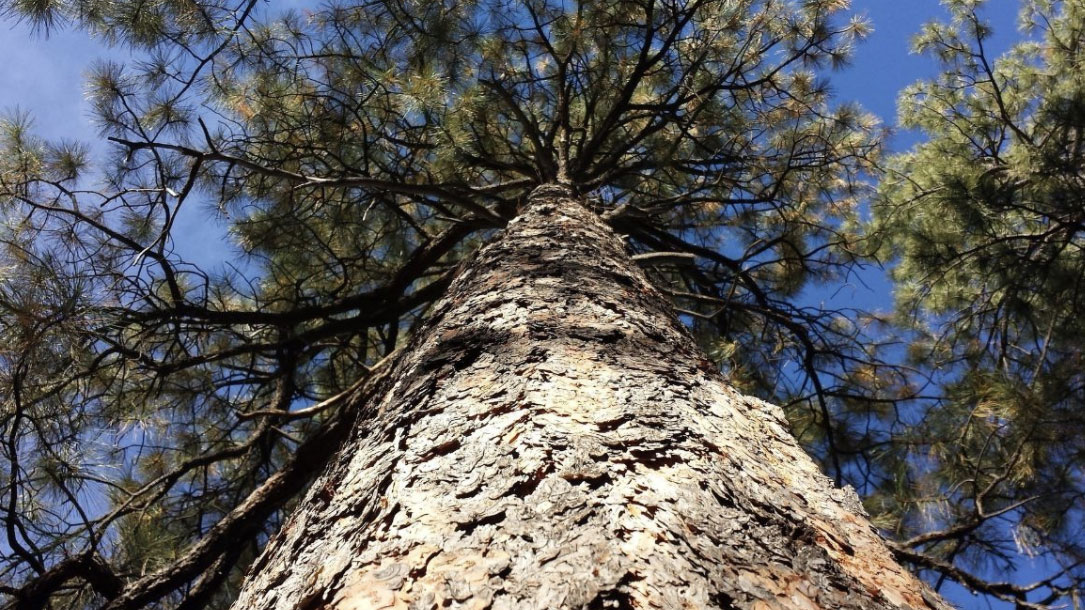
Wildfires and climate change push low-elevation forests across a critical climate threshold for tree regeneration
“At dry sites across our study region, seasonal to annual climate conditions over the past 20 years have crossed these thresholds, such that conditions have become increasingly unsuitable for regeneration. High fire severity and low seed availability further reduced the probability of postfire regeneration.
Together, our results demonstrate that climate change combined with high severity fire is leading to increasingly fewer opportunities for seedlings to establish after wildfires and may lead to ecosystem transitions in low-elevation ponderosa pine and Douglas-fir forests across the western United States…”
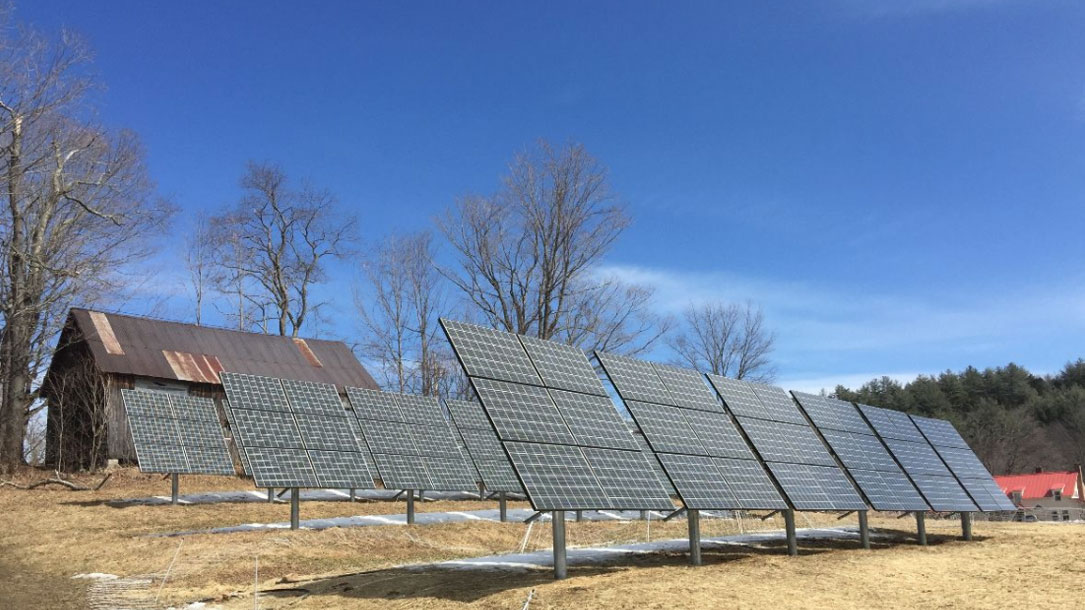
What businesses [including land trusts] should know about the evolution of rural solar
Solar projects certainly are growing rapidly throughout the United States, with total installed capacity just shy of 70 gigawatts and a contracted pipeline of 27.9 GW, according to SEIA. A recent Wall Street Journal analysis of EIA data reported that solar projects occupied 258,000 acres in 2018, while NREL estimates that solar will occupy 3 million acres by 2030.
That may be a small fraction of the nearly 900 million acres of farmland in the United States (PDF), but it’s enough to make agricultural communities apprehensive about the advance of solar onto previously pastoral land. While landowning farmers are grateful for the steady income that comes from leasing to solar projects, others in rural areas—including many state agricultural departments—are still grappling with what the growth of solar will mean for their concept of rural land and role as agricultural boosters…
And with wind and solar cropping up in more rural communities, the bar is being set higher. “The future for renewable energy has to include a sustainable land use component,” Hoosier Energy’s Cisney said. In leveraging new partnerships and co-location opportunities among developers, farmers and local communities, rural America has the potential to assume a more active leadership role in cooperatively advancing the clean energy transition…

Young California ranchers are finding new ways to raise livestock and improve the land
These first-generation ranchers are young, often female and ethnically diverse. Rather than raising beef cattle destined for feedlots, many are managing small grazing animals like sheep and goats. And they are experimenting with grazing practices that can reduce fire risk on hard-to-reach landscapes, restore biodiversity and make it possible to make a living from the land in one of the most expensive states in the country.
Our research focuses on food systems, rangelands and livestock production. In our recent work, we found new ranchers in California using innovative strategies that they believe can mitigate fire risk to communities and improve soil through grazing.

Urban forestry takes on the world. But first, Rhode Island
Among dozens of new trees transforming a muddy Catholic elementary schoolyard, the pastor opened his Bible only a handful of pages, going full Old Testament in his impassioned spiritual plea for more trees.
Beside him stood Rhode Island’s Governor Gina Raimondo, who had just given an equally impassioned speech about the many scientific and public health benefits of trees. And when the children were unleashed with shovels to plant the final tree, it reminded everyone what perspective matters most: creating a stable future together…
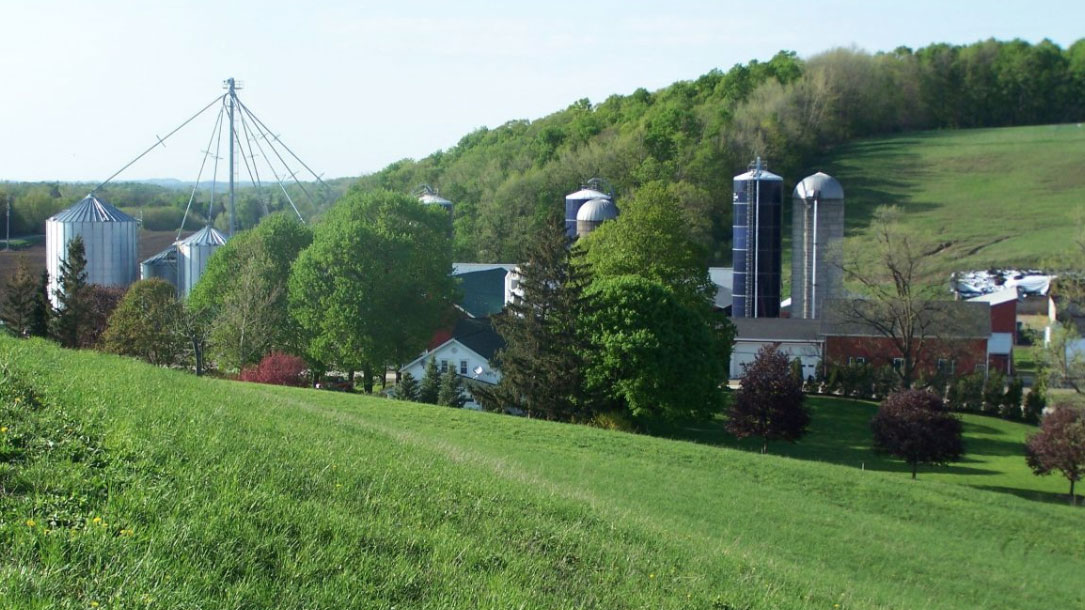
Startups aim to pay farmers to bury carbon pollution in soil
Last summer, Boston-based Indigo Agriculture made headlines in business media with the announcement of its Terraton Initiative, which aims to pay growers to sequester one trillion tons of carbon dioxide.
Although Indigo is involved in a range of farm-related activities, from microbial seed treatments to agronomy (expert farm consulting, essentially) and crop transportation, soil carbon is a major focus. The company has promised that farmers who signed up for its carbon program before the end of 2019 will receive at least $15 per metric ton sequestered. Payments will be financed partly through the sale of offsets, which go for $20 per ton. As of late January, growers had committed more than 17 million acres to the program, according to Indigo’s website…

Solar light of the world: Evangelicals launch global clean energy campaign
Solar panels could be coming soon to a church near you. Through a campaign called Project 20.’25, the World Evangelical Alliance (WEA) has set out to get 20 percent of its members to convert fully to clean energy by 2025.
This fall, the global network announced its partnership with Smart Roofs Solar Inc. Together they will help universities, health care facilities, and churches looking to adopt clean power, including offering guidance for local suppliers and providing financing options.
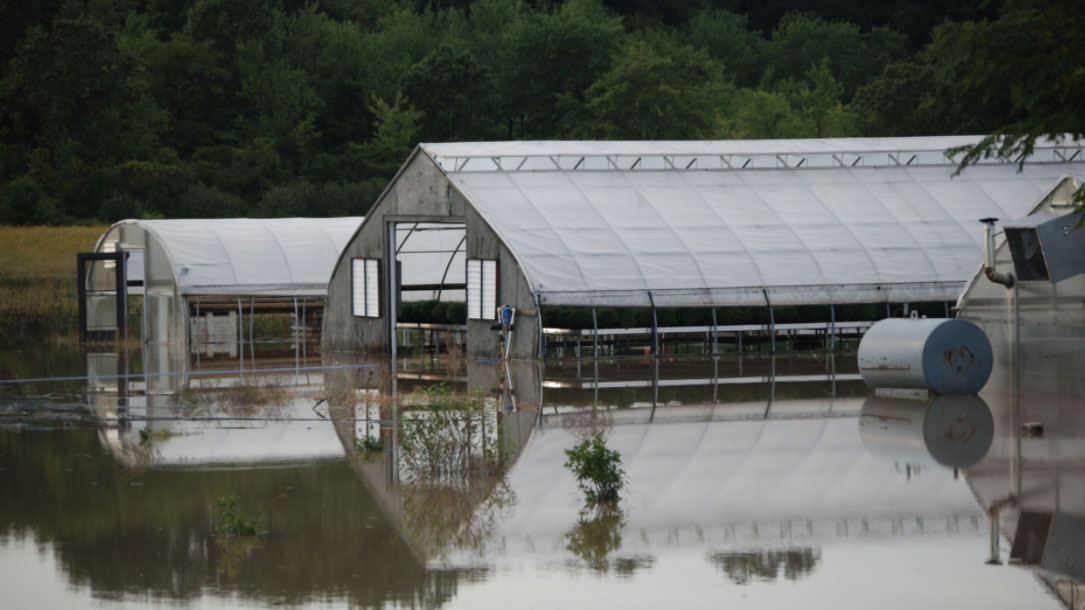
What is eco-anxiety?
Imagine you open up your news app and discover a story about the climate crisis. Maybe it’s a piece focused on the 11,000 climate scientists who recently warned of “untold suffering” unless society transforms our way of living. Or perhaps it’s a write-up of recent research from Nature that says we’re headed toward a “global tipping point” and we can’t afford not to take action.
Maybe you live in an area increasingly affected by wildfires, or your region is seeing more flooding. Or possibly, you’ve been reading about the fact that our planet’s carbon dioxide concentration levels are the highest they’ve been in 3 million years.
No matter the version of the climate change story, the statistics probably make you feel a bit anxious. Our planet undergoing drastic changes and landscapes won’t look the same for future generations; that fact may fill you with grief, nostalgia or even panic. But concerned reactions to these stories are relatively normal and they even have a name: eco-anxiety…












